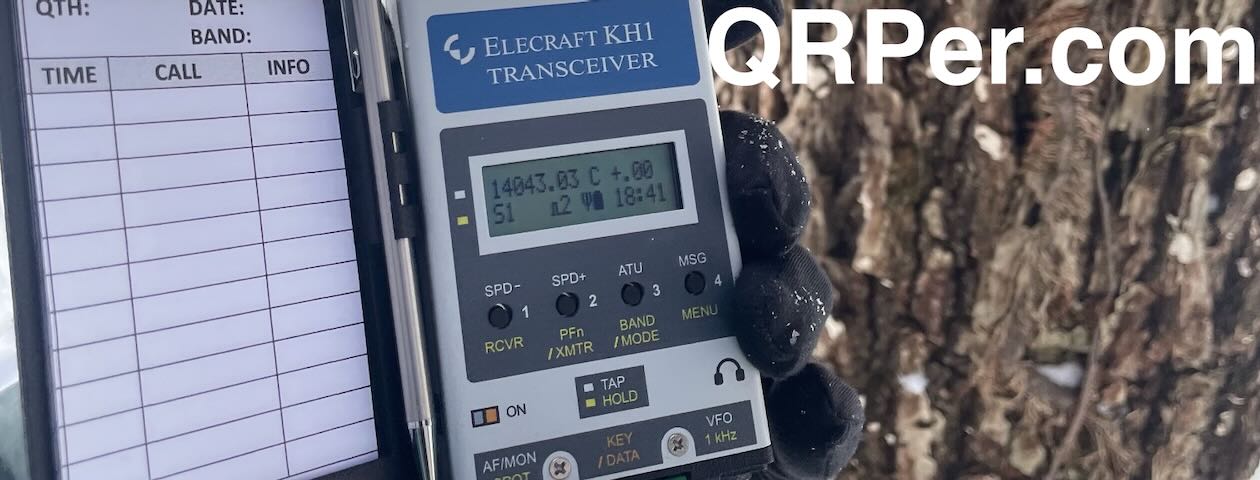Many thanks to Dave (K1SWL) who shares the following field report:
October 6th POTA activation
by Dave (K1SWL)
I’m pretty much a died-in-the-wool CW guy. I’m not averse to dabbling in other modes, though. Friday, October 6, 2023, was such an occasion. I’d noted that there’d been little recent Digital activity in one of our area’s Parks. As if it needs more familiarity, it looms over I-91 only three miles from the Connecticut river. As a result, it’s been activated more than 75 times.
This was Mount Ascutney State Park in VT, and at 3144′, features a paved road to the summit. Off I went!
Finding a parking space at the summit lot wasn’t an issue. The top of the mountain was socked in above 2500 feet. Visibility was 30 to 50 feet, and sightseers were inexplicably scarce.
I normally use a 20M end-fed antenna and homebrew pneumatic launcher. The stunted trees at that elevation made that less practical. I used instead Hustler resonators for 10M and 20M atop the truck cab on a mag mount. I usually consider that setup a compromise, but at 2000 feet above average terrain (HAAT), it didn’t matter.
The operating position inside the truck is quite comfortable. A melamine-clad slab serves as the operating surface. (see above) The chain at the far end was a design ‘iteration’. I’d originally just supported that end on the passenger-side arm rest. I’d operated from the driver’s side, and one day got out, went around and absent-mindedly opened the passenger door. The whole station headed for the ground. I caught the rig but the Vibroplex Iambic paddles were a loss. A fabulous excuse for a Begali- and a hard protective case! When I’m operating from the truck, an IC-706MKIIg and 15-AH Bioenno battery does the honors. If gear needs to be carried any distance, the KX3 makes more sense. The station itself takes two minutes at most to set up.
So how’d it work out? A closeup of the WSJT-X screen (seee above) illustrates it. (The device is an MS Surface.) I was getting as many as 3 replies to my CQs at a time. I wound up ‘interleaving’ three contacts at a time. It got confusing! I need to look into ‘Fox/Hounds’ operation to speed things up for the future.
All in all- a great success. A total of 62 FT8 contacts in a little over 2 hours. 16 of these were on 10M at the start and the balance on 20M. The attached QSO Map (att. 4) shows the contact distribution- mainly eastern US with a few Europeans for good measure. Will I do it again? You bet!
73- K1SWL











